Merwin, Hulbert & Co. Revolvers
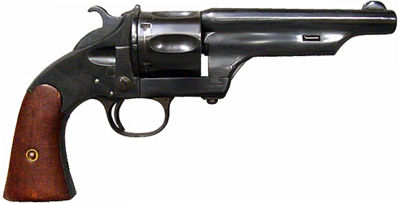
Merwin Hulbert & Co. SA First Model Frontier Army with early "humpback" hammer and shortened barrel - .44 Merwin Hulbert

Merwin Hulbert & Co. Pocket Revolver - .32 caliber
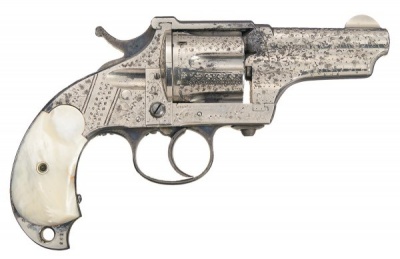
Merwin Hulbert & Co. Pocket Army, 3rd Model - .44/40 WCF
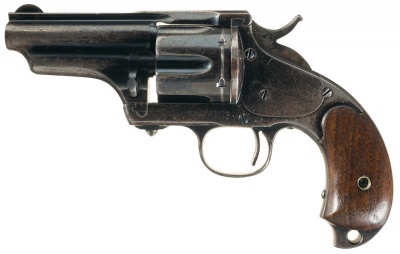
Merwin Hulbert Pocket Army, 4th Model - .44/40 WCF
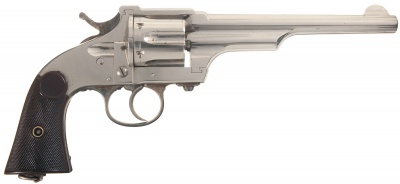
Merwin Hulbert & Co. Large Frame Double Action Revolver - .44/40 WCF
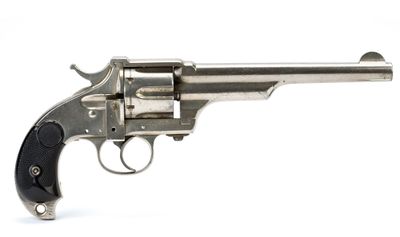
Actual Hero Merwin-Hulbert revolver used by
Buck Taylor in
Rough Riders - .45 Colt. Courtesy of NRA National Firearms Museum.
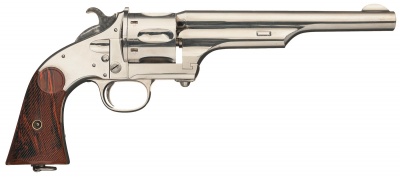
Merwin Hulbert SA First Model Frontier. Early production. Manufactured c. 1876
Merwin, Hulbert & Co. was one of the top four quality revolver manufacturers from 1876 to 1891, along with their famous counterparts, Colt, Smith & Wesson, and Remington. Though Merwin, Hulbert pistols were never manufactured in the large numbers of the other major manufacturers, the oustanding quality of their fit and finish made them desirable firearms in their day, and today as well. The most distinctive feature of Merwin Hulbert revolvers is their unique ejection system, in which the barrel and cylinder are twisted 90 degrees to the side and then pulled forward until the spent casings fall out. The barrel can also be easily removed, and as a result Merwin, Hulbert sold many of their revolvers with two interchangeable barrels, typically a 3¼-inch barrel for concealed carry and a 7-inch barrel for target shooting.
Merwin, Hulbert & Co. made several models of revolvers. The large frame revolvers, models one through four, were chambered for the proprietary .44 Merwin Hulbert, .44 Russian and .44-40 WCF (Winchester Center Fire) cartridges. The square butt versions were known as the "Frontier Army" model. The crested butt (also known as the "birdshead" or "skullcrusher" butt) versions, models two through four, were known as the "Pocket Army" model. Several single and double action medium and small frame pocket revolvers were chambered in .38MH (also fired .38 S&W) and .32MH (also fired .32 S&W) calibers. A seven shot .22 Short Rimfire caliber Derringer, which was identical to the Smith & Wesson Model One-Number Three derringer, was marketed by Merwin, Hulbert for a short time.
.
Film
Television






